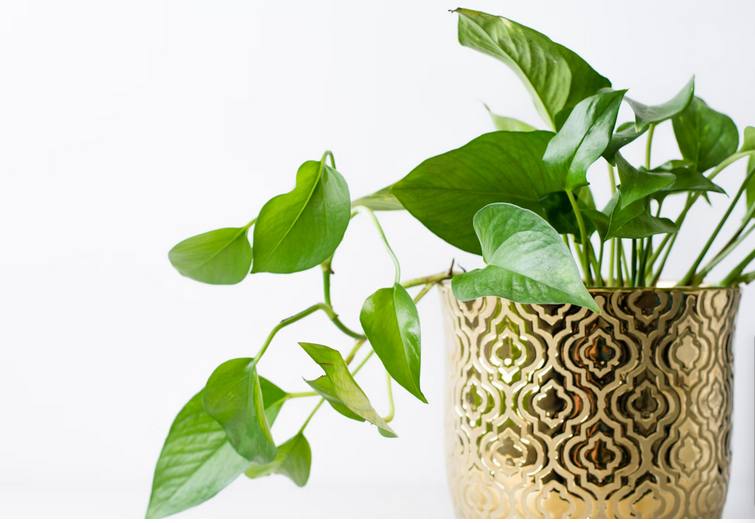
Vertical gardens have become increasingly popular, especially in urban environments where space is limited. These innovative gardens bring a touch of nature to indoor and outdoor spaces and offer numerous benefits, such as improved air quality, reduced stress levels, and aesthetic appeal. Choosing the right plants is crucial to the success of a vertical garden. The plants you select need to thrive in the vertical orientation and contribute to the overall health and beauty of the garden.
This article will guide you through the top five plants ideal for vertical gardens, making your space a lush, green oasis. For a deeper dive into this topic, be sure to explore the insights shared in the aachener zeitung.
Ferns
Ferns are a classic choice for vertical gardens, thanks to their lush foliage and ability to thrive in shaded environments. Their cascading leaves create a beautiful, flowing effect that adds texture and depth to any garden. Ferns are incredibly versatile and can tolerate various light conditions, from low light indoors to partial shade outdoors. Some popular varieties for vertical gardens include Boston ferns, Maidenhair ferns, and Bird’s Nest ferns. These plants prefer moist, well-drained soil and high humidity, perfect for bathrooms or shaded outdoor areas.
Spider Plants (Chlorophytum comosum)
Spider plants are another excellent option for vertical gardens due to their low maintenance and hardiness. Known for their arching, grass-like leaves and small white flowers, spider plants can adapt to various light conditions, although they prefer bright, indirect light. They are also effective air purifiers, removing toxins like formaldehyde and xylene. Spider plants tolerate irregular watering schedules, making them an ideal choice for beginners or those with busy lifestyles. They thrive in well-drained soil and quickly fill space with their long, trailing leaves.
Pothos (Epipremnum aureum)

Pothos, also known as Devil’s Ivy, is a popular plant for vertical gardens due to its fast-growing, trailing vines and heart-shaped leaves. This highly adaptable plant can thrive in low light and low humidity conditions, making it suitable for indoor environments. Pothos is also known for its air-purifying qualities, which help improve indoor air quality. With its ability to proliferate and spread, pothos can easily cover a vertical garden structure, creating a lush, green wall. It requires moderate watering and can tolerate occasional neglect, making it an excellent choice for novice gardeners.
Succulents
Succulents are ideal for vertical gardens because of their low water requirements and unique, attractive appearance. Varieties like Sedum, Echeveria, and Crassula are particularly well-suited for vertical gardens due to their compact growth and drought tolerance. These plants thrive in well-drained soil and require minimal watering, making them perfect for sunny, low-maintenance vertical gardens. Their varied shapes, colors, and textures can add visual interest to your vertical garden, transforming it into a living work of art.
Herbs
Growing herbs in a vertical garden is both practical and visually appealing. Herbs such as basil, thyme, mint, and oregano are excellent choices due to their compact growth habits and culinary uses. These plants require good light and well-drained soil to thrive, making them suitable for kitchen windowsills or sunny outdoor walls. Herbs add greenery to your vertical garden and provide fresh, flavorful ingredients for your cooking, making your garden functional and beautiful.
Creating a thriving vertical garden begins with selecting the right plants. Ferns, spider plants, pothos, succulents, and herbs are among the best choices for vertical gardening due to their adaptability, low maintenance, and visual appeal. By carefully choosing plants that suit your space and light conditions, you can create a stunning vertical garden that enhances your environment, purifies the air, and brings a touch of nature to your home or office. Whether you’re a seasoned gardener or a beginner, these plants offer a great starting point for building your vertical garden and enjoying its many benefits.
